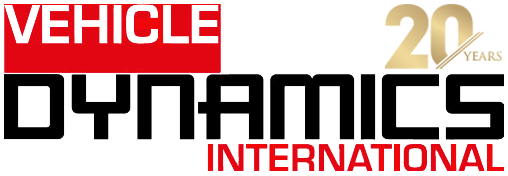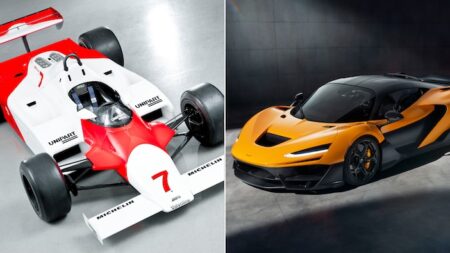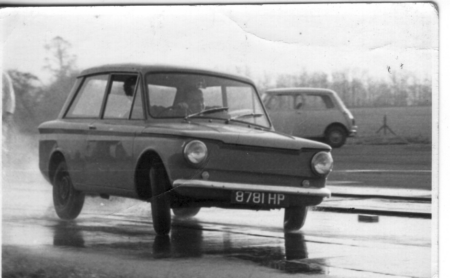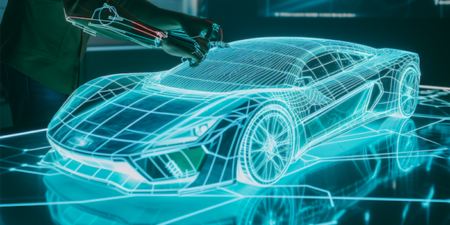VDI asked a McLaren spokesperson for dynamics details about the P1 hypercar
VDI: What can you tell us about the P1’s chassis structure?
McLaren: The P1 is a mid-engine design that uses a carbon-fiber monocoque and roof structure safety cage concept called MonoCage. This is a development of the MonoCell used in the current 12C and 12C Spider. The structure of the MonoCage, unlike the 12C’s MonoCell, also serves to guide air into the engine through an integral roof snorkel and air intake ducts, saving further weight. All the body panels are carbon fiber to reduce weight.
Will the car have McLaren ProActive Chassis Control (or a version of it), or a more conventional suspension setup?
No details have been given on the car’s suspension setup at this stage.
Take us through some of the key design decisions and priorities.
The P1 leverages McLaren’s motorsport skills and was designed from the outset to prioritize aerodynamic performance. We’ve spent many hours in a wind tunnel and using CFD aerodynamic modeling – just like a Formula 1 car. It will feature notable advances in weight reduction, packaging, high-speed performance, materials (especially carbon fiber), powertrain, and in aerodynamics. In terms of specific design focus, we wanted the deck of the car to be as low as possible. The teardrop cabin shape also meant you had a lot more air flowing over the cabin to the rear wing. We also tried to minimize tolerances and clearances. There is no ‘fat’ on the McLaren P1.
How will the P1’s active aerodynamics impact on the car’s vehicle dynamics?
The P1 has much higher levels of downforce than any current road car – 600kg is achieved well below maximum speed, which is about five times the figure generated by the MP4-12C. It is fitted with a large rear wing that adjusts automatically to boost downforce and optimize aerodynamics. It can extend rearwards by up to 300mm on a racetrack, and by up to 120mm on the road. The pitch of the rear wing can increase by up to 29°. The double-element rear wing profile has been developed using exactly the same methods and software as the current McLaren Formula 1 car. The P1 also has a DRS (drag reduction system) function, like a Grand Prix car, to reduce downforce and increase straight-line speed. But while a Formula 1 car has a moveable flap in the rear wing, the McLaren P1’s rear wing’s pitch is adjusted.
In addition to the adjustable ‘active’ rear wing, the McLaren P1’s aerodynamic performance is optimized using two flaps mounted under the body ahead of the front wheels. These are also actively controlled, and change angle automatically to optimize performance, boosting downforce and aero efficiency, increasing both speed and driver confidence. The flaps operate through a range of 0-60°.
The rear wing and front flaps work together to boost handling, braking and straight-line performance. The active aerodynamics ensures totally consistent handling and driving behavior. The rear wing can also act as an airbrake when deployed, while the smooth underbody also helps to generate ‘ground effects’ suction, boosting downforce.
Are there ways in which the P1’s powertrain will impact on the car’s vehicle dynamics?
No information regarding the powertrain has been disclosed at this stage. More will be revealed nearer to the production car’s unveil, but our goal is to make the McLaren P1 the most exciting, most capable, most technologically advanced, and most dynamically accomplished supercar ever made.




